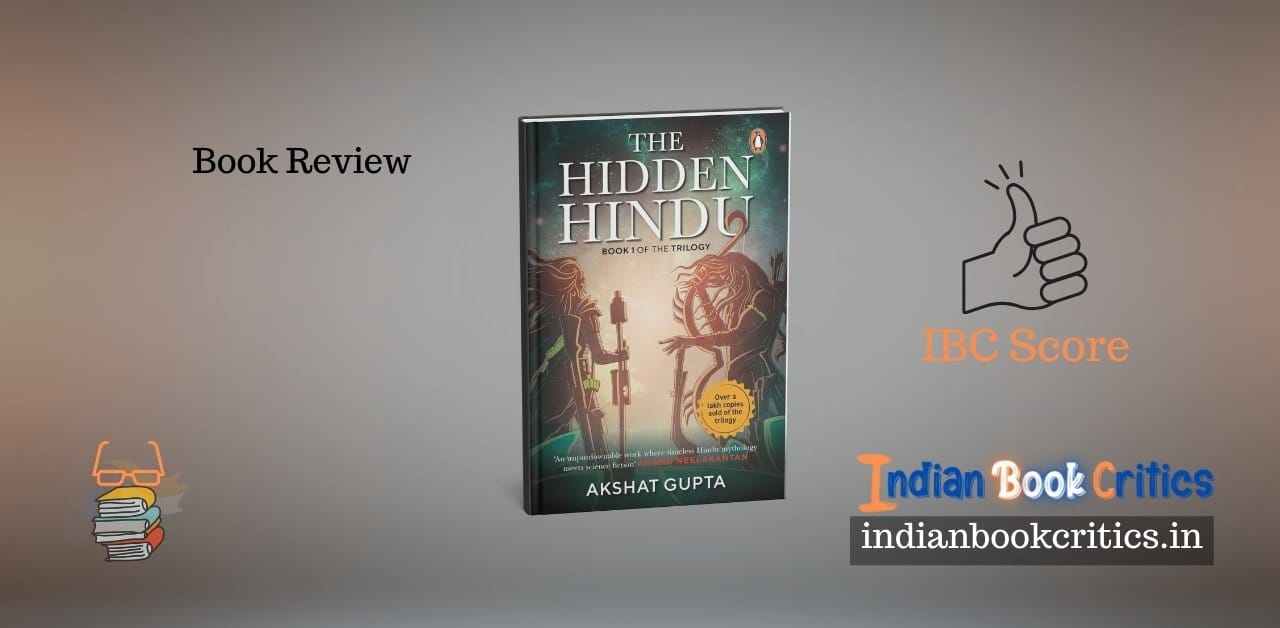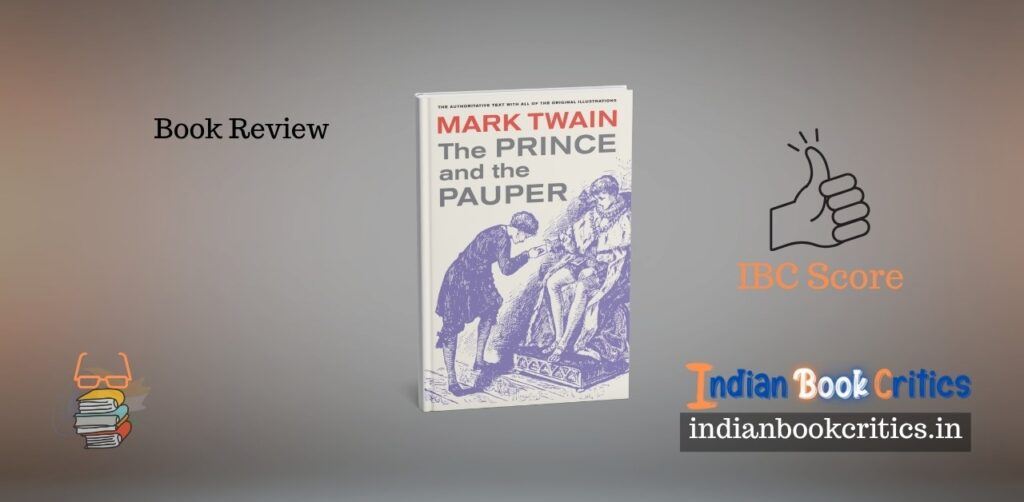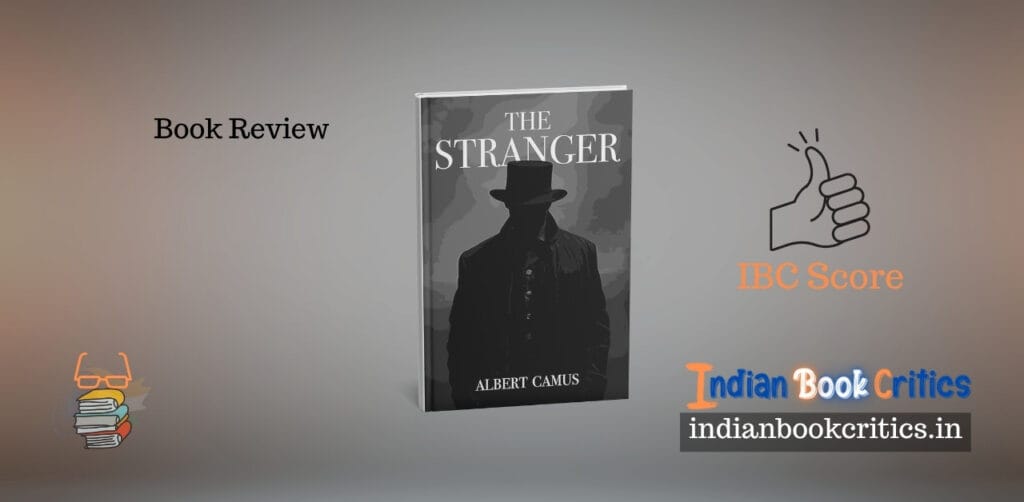Akshat Gupta’s The Hidden Hindu is an ambitious fusion of mythology, science fiction, and thriller, weaving together ancient Hindu cosmology with a futuristic interrogation narrative. The novel follows Om Shastri, a mysterious man who claims to have lived through multiple Yugas (cosmic ages) and assumes identities from Hindu epics such as Vidur from the Mahabharata and Sushen from the Ramayana. His interrogation by a team of experts—a psychiatrist, a historian, a mythology scholar, and a hacker—unravels a deeper conspiracy involving immortality, a lost resurrection technique (Mrit Sanjeevani), and shadowy figures from history.
While the premise is undeniably intriguing, the execution fluctuates between compelling and cumbersome. The novel’s strengths lie in its imaginative blending of myth and modernity, but its weaknesses—particularly in pacing, character development, and exposition—prevent it from fully realising its potential.
Without being overly reliant on what the story offers and spoiling your reading pleasure, I will be focused more on bringing the critical insights to the fore—what the novel is and what its strengths and weaknesses are. I hope to do justice to the novelist without giving away the spoilers or exposing the storyline more than what’s needed. And to be honest, I did enjoy the novel. It is a perfect one-time read for any reader who wants to enjoy a novel that utilises ancient Hindu history, epics, and characters from the past. However, the execution and inclusion could always have been better, grander, and subtler to add more strength to the narrative and make it even more appealing. Let’s dive deep!
Strengths: A Bold and Original Premise
1. Mythological and Historical Integration
Gupta’s most notable achievement is his seamless (if occasionally heavy-handed) integration of Hindu mythology into a contemporary thriller framework. The concept of a man who has lived for millennia, interacting with legendary figures like Ashwatthama and Parashuram, is fascinating. The novel’s best moments come when Om’s claims are visually projected during interrogation, offering glimpses into his past lives.
For instance, when Om declares:
“‘Sushen is a very rarely used name. As per my knowledge, Sushen was the name of a medic in the Ramayana who saved Lakshman… by suggesting a herb called sanjeevani.’”
This moment effectively bridges myth and reality, forcing the team (and the reader) to question whether Om is delusional or genuinely ancient. The idea that these mythological figures still exist in the modern world, particularly the reveal of Ashwatthama and Parashuram as active players, adds a layer of mystique that keeps the narrative engaging.
Though not at the level of Ashwin Sanghi, Akshat Gupta’s philosophy matches Sanghi’s zeal to integrate history with mythology and easily offer his readers something to relate to. It makes his job as an author easier to indulge readers on various fronts—history, mythology, the intended storyline, and the civilisational intrigue.
2. The Central Mystery of Mrit Sanjeevani
The Mrit Sanjeevani, a lost resurrection technique, serves as the novel’s MacGuffin, driving the protagonists and antagonists into a frantic race. The concept is well-rooted in Hindu lore (echoing the sanjeevani herb from the Ramayana), and Gupta expands it into a pseudo-scientific immortality serum.
Om’s explanation of its power is one of the book’s highlights:
“‘They contain the key to immortality… Imagine you don’t exist for time. For you, death is an illusion.’”
This philosophical underpinning elevates the novel beyond a straightforward chase thriller, posing existential questions about life, death, and the ethics of eternal existence.
3. The Interrogation Framework
The novel’s structure, centered around a high-tech interrogation, works well initially. The clash between scientific skepticism (embodied by Dr. Shahista) and mythological belief (championed by Abhilash) creates tension. Narco-analysis and a lie detector that visualises memories are clever narrative devices, allowing Gupta to “show” rather than just “tell” Om’s past.
Weaknesses: Execution Falls Short of Ambition
1. Over-Reliance on Exposition
The novel’s biggest flaw is its excessive exposition. Much of the mythology and backstory is delivered through lengthy dialogue exchanges rather than organic discovery. For example, Abhilash frequently interrupts scenes to lecture on Hindu cosmology:
“‘He is claiming to be alive during the time of the Mahabharata,’ Abhilash retorted. ‘Do you want me to believe in all his mythological nonsense?’”
While necessary for context, these moments often feel like infodumps rather than natural character interactions. A subtler approach—perhaps through fragmented flashbacks or environmental clues—would have maintained suspense without sacrificing depth.
2. Underdeveloped Characters
While diverse in expertise, the supporting cast lacks depth. Dr. Srinivasan is the stereotypical gruff leader, Abhilash is the arrogant scholar, and LSD (Lisa Samuel D’Costa) is the quippy hacker. None evolve beyond their initial archetypes.
Even Om Shastri, despite his enigmatic past, remains emotionally distant. His revelations should feel monumental, but the emotional weight is missing because his character is more a vessel for lore than a fully realised person. Compare this to similar protagonists in The Man from Earth (2007), where the immortal’s weariness and loneliness are palpable—Om’s millennia of life rarely feel like a burden.
3. Pacing Issues
The first half of the novel, dominated by interrogation scenes, is methodical but slow. The latter half, however, accelerates too quickly—betrayals, shootouts, and mythological interventions occur in rapid succession, leaving little room for tension to build.
For instance, the sudden attack on the facility by masked assailants feels abrupt:
“Parashuram saw Om, bleeding and a hostage in the hands of LSD, and his eyes burnt with rage.”
This climax, while action-packed, lacks the gradual escalation needed to make it truly gripping.
4. Dialogue and Prose Limitations
Gupta’s prose is functional but rarely evocative. Setting descriptions are sparse, and dialogue often serves purely expository purposes. Characters speak in overly direct ways, missing opportunities for subtext.
For example:
“‘Because he is my father.’ TO BE CONTINUED …”
While the twist is intriguing, the delivery is blunt. A more nuanced reveal—perhaps through symbolism or a gradual realisation—would have been more satisfying.
Conclusion: A Flawed but Fascinating Debut
The Hidden Hindu is a novel with grand ideas but uneven execution. Its premise—a man out of time, caught between myth and science—is compelling. Gupta deserves credit for crafting a story that boldly reinterprets Hindu epics in a modern thriller framework. However, the heavy-handed exposition, underdeveloped characters, and erratic pacing prevent it from reaching its full potential.
The novel’s cliffhanger ending and unresolved mysteries (particularly regarding Prithvi’s true nature) leave room for improvement in a sequel. If Gupta refines his storytelling—balancing myth with character depth, and action with atmosphere—this could evolve into a truly remarkable series.
As it stands, The Hidden Hindu is a mixed but promising entry into Indian speculative fiction. It is worth reading for its originality, but it falls short of greatness due to its technical flaws.
Final Rating: 3.5/5 – A conceptually bold but unevenly executed thriller that mythology enthusiasts may enjoy, despite its narrative shortcomings.
Interested? You should be! Get a copy from Amazon India now – click here.
Review by Amit Mishra for Indian Book Critics
The Hidden Hindu Book 1 by Akshat Gupta
- IBC Critical Rating
Summary
Totally worth your time… if you enjoy reading mytho-historical fiction with a make-believe set-up. Lacks on some fronts, but the storyline does a good job filling the loopholes!




